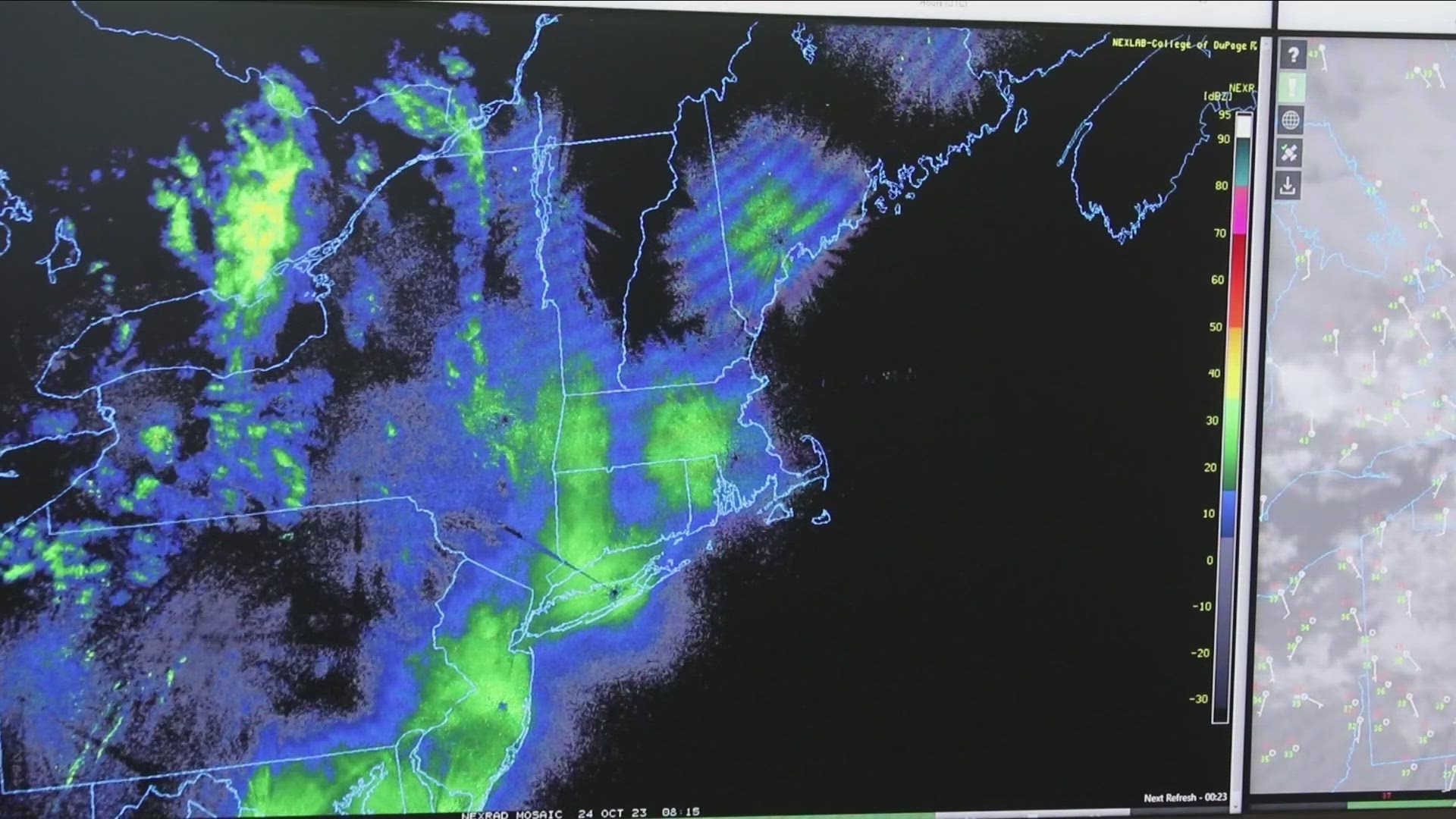ERIE COUNTY, N.Y. — In the aftermath of the Christmas blizzard of 2022 that claimed the lives of 47 people, Erie County officials have been clear that communications to the public are a concern.
"We do know that a few of the individuals who died during the Blizzard did not have English as their primary language, and may not have understood the severity of the storm, even though the information had been out there for days," Erie County Executive Mark Poloncarz said.
Aside from new heavy equipment and a pending agreement with area snowmobile clubs to provide service during an emergency, the county has also committed to utilizing IPAWS during future emergencies. IPAWS is short for integrated public alert and warning system, a standard tool developed by FEMA. The system is commonly used for tornado warning and when activated will push an alert to any connected device.
But IPAWS won't be as effective if the messaging that is pushed out during a severe weather event isn't clear to the public. That's a concern for Erie Co. Department of Homeland Security and Emergency Services Commissioner Dan Neaverth Jr.
"I mean, the messages need to be very crisp, very clear. leaving very little if leaving no doubt that if you go outside, this is going to be detrimental to your health," Commissioner Neaverth said.
A research team led by Jeannette Sutton and Nick Bassill are responsible for helping Erie County figure out a better, clearer way to communicate during severe weather. The research team is also exploring the so-called blizzard rating system that Poloncarz requested.
While the scale was compared to the National Weather Service's hurricane category system, Dr. Sutton doesn't think the final result will be that.
"There's been this idea that there's it's going to be a blizzard rating scale or Blizzard, I don't think that that's actually what's going to come out of it," Sutton said. "It's really it's about drawing from what the National Weather Service has been developing the winter storm Severity Index, and linking it to local conditions and local understanding of language."
Sutton is an associate professor that the University at Albany's College of Emergency Preparedness, Homeland Security and Cybersecurity.
In order to figure out the best way to communicate moving forward, Sutton and the team will be cataloguing all the information that was distributed by local and state governments during the blizzard.
"Intending to communicate completely without using language that's complex, and helping them also to get access to those resources, that's going to be one of our key challenges," Dr. Sutton said. "But also one of the key factors in helping people to survive."
Poloncarz believes the final product could be language as blunt as "you could die if you go outside."
"It's extreme, but it may send the message that's necessary that do not go outside, seek immediate shelter. No matter where you are, don't travel any further," Poloncarz said.
But severe weather communication needs to be backed up by meteorological data. That's where Bassill and the team at the NYS Mesonet come in.
The NYS Mesonet has over 120 weather stations across the state, and a total of 1,000 individual sensors that monitor a variety of weather conditions.
Bassill also agrees that some of the information shared during the blizzard, particularly by the state and weather agencies, was complex and unclear.
"They were tweeting out things like this might break all time, sea level pressure records," Bassill said. "That doesn't mean anything to anyone else, who isn't someone like me."
Bassill is the director of research and development at the Mesonet, and a meteorologist. He was also recently named the director of the State Weather Risk Communication Center, which shares the same space as the Mesonet.
Bassill says whatever scale is developed will likely used the Christmas blizzard as a baseline of severity.
"The [national] weather service already actually creates a sort of one to five scale for winter storms, it's just not used in that manner," Bassill said. "It's called the winter storm severity index. "Let's not reinvent the wheel, let's take something that already exists and turn this into a form that is a little more accessible to an emergency manager type person."
This research project is reportedly costing Erie County $350,000. The study began on October 1 and is expected to take 18 months.

